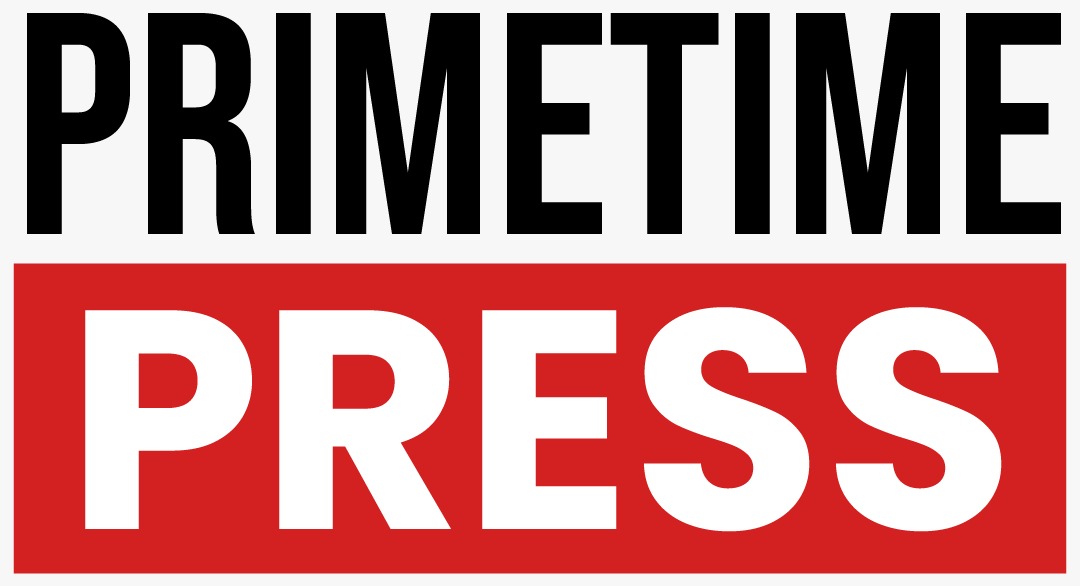Business growth in the United States slowed in September 2025, according to new data from S&P Global, which reported that its flash composite purchasing managers index (PMI) declined to 53.6 from 54.6 in August. While the index remains above the key threshold of 50 that separates expansion from contraction, the dip underscores that momentum across the economy is cooling, with both manufacturing and services contributing to the weaker performance.
Companies surveyed highlighted a growing squeeze on margins as input costs continued to climb. Some of these pressures were attributed to tariffs, which have pushed up the price of imported goods and raw materials. Rising energy and wage costs were also cited as factors driving expenses higher. Despite these burdens, businesses said they were unable to fully pass costs along to customers. The index tracking prices charged fell, reflecting softer demand conditions and heightened competition. In short, firms are paying more to produce but are receiving less when selling their goods and services, a combination that is tightening profit margins.
Read Also: https://primetimepress.com/business-optimism-grows-as-u-s-japan-trade-agreement-gains-support/
Manufacturers reported weaker growth in new orders, while service providers signaled a slowdown in client activity. The softer momentum comes as consumers show signs of more cautious spending in the face of higher borrowing costs and persistent price pressures. Even though the economy is still expanding, the downshift suggests businesses are approaching a more challenging environment where growth is harder to sustain without policy support or a rebound in demand.
The slowdown coincides with recent moves by the Federal Reserve, which cut interest rates by 25 basis points earlier in September, lowering its benchmark rate to the 4.00%–4.25% range. The decision marked the first step in a potential easing cycle, with policymakers signaling that further cuts could follow if conditions warrant. Fed officials have been clear that they are monitoring economic data closely, weighing the risks of cutting rates too aggressively against the risks of allowing higher costs and slower growth to persist unchecked. For now, markets expect that if business activity continues to moderate, additional easing could arrive before the end of the year.
Still, the PMI reading offers some reassurance in that the economy remains in expansion territory. A slowdown to 53.6 does not indicate contraction, only that growth is losing steam. For businesses, however, the concern lies in the trajectory. If costs remain high and pricing power continues to weaken, companies may respond by scaling back output, reducing hiring plans, or trimming investment—moves that could ripple across the broader economy. This dynamic places pressure not only on corporate margins but also on the outlook for jobs and wages.
Economists note that the next several months will be critical. Data on consumer spending, inflation, and the labor market will provide clearer signals about whether September’s moderation is temporary or the beginning of a longer cooling trend. If household demand remains resilient, businesses may find some relief in stabilizing order flows. But if consumers tighten their wallets further, the challenges of rising input costs and limited pricing power could deepen, putting the economy at greater risk of slowdown.
For now, the message from the latest PMI is one of caution. Growth continues, but at a slower pace, with mounting headwinds from tariffs, competition, and input inflation. The Federal Reserve’s recent rate cut is designed to cushion the impact, but its effectiveness will depend on how quickly economic conditions evolve. As the year draws to a close, policymakers, investors, and businesses alike will be watching closely for signs of whether the U.S. economy can maintain steady expansion—or whether moderation turns into something more severe.
